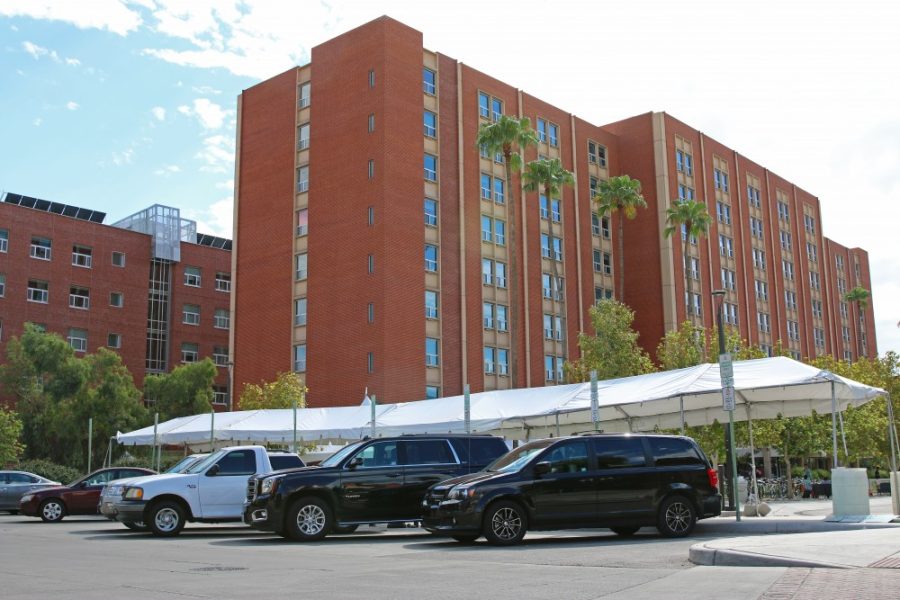The University of Arizona is a respectably large school, with the campus spanning a large portion of central Tucson and having an enrollment total of around 45,918 total students, according to UA data. This isn’t necessarily a bad thing; there are negatives and positives to be found within schools of massive and growing sizes. The issue arises in how universities approach their size and ultimately the vast influence the university holds with it.
First and foremost, the sheer size of the UA provides a sense of accessibility to the school that other smaller and often private institutions don’t have. On campus and in classes, you can find a wide array of students, and with the still relatively affordable tuition price, it isn’t a school sectioned off for an upper echelon of students. Diverse opinions and experiences inhabit the campus grounds and contribute to every class in a unique way that may not be as readily seen at smaller and more exclusive universities.
RELATED: OPINION: Differential tuition and program fees have to go
Despite this, as enrollment increases, so does the pressure on the faculty as well as the university in hiring and providing for the faculty, leaving academic professionals in an increasingly precarious and stressful place. In a 2011 study, the American Association of University Professors stated that around 41.3% of faculty are part-time and another 15.4% are full-time but non-tenure track.
Within this is the issue of faculty-to-student ratios. Large classes can feel dehumanizing and impersonal for both the students and those lecturing. With growth in size, small classroom sizes can be hard to maintain — especially in popular majors — but students are the primary responsibility of universities.
Size also comes with space, and as universities increase their size in terms of people, they also expand their physical scale. The recent completion of the Honors Village Residence Hall at the UA was an example of this. Despite the traditional campus boundaries, this new construction required the repurposing of a portion of the Feldman’s neighborhood, situated within the residential block instead of the typical university area. As enrollment increases and the amenities for students grow as well, physical space will always be a necessary component despite any aspirations of the university. The contentious process of reformulating space for a new purpose is often left out of the conversation on expanding universities, including the gentrifying possibilities of expanding beyond their traditional boundaries.
RELATED: OPINION: UA party culture is for the selected few
So how big should universities get? The answer really depends what angle you look at it from and whether or not the way the university progresses forward is sustainable and equitable. The real issue is not the size, but how universities use it. In order to grow, they can’t exacerbate the issues of precarity facing those working in the academic field and contribute to gentrification as they expand into surrounding communities, and they must make sure that growing enrollments take into account the diversity of those they enroll to maintain an inclusive and accessible environment benefited by size.
Faculty, especially part-time, shouldn’t take the burden of a university’s scale while those above them benefit from increased enrollments. New university projects, primarily those expanding out from the campus, should work with the community and take into account the pressure and influence they exert into the area and perhaps provide student-oriented services. Higher prices may follow but it would mimic the footsteps of the university.
Lastly, those they enroll shouldn’t be admitted for their numbers or tuition rates; instead, it should be done from a community perspective and a student-oriented position.
Nathan Gosnell is a senior majoring in East Asian studies: Japanese language and minoring in political science.









